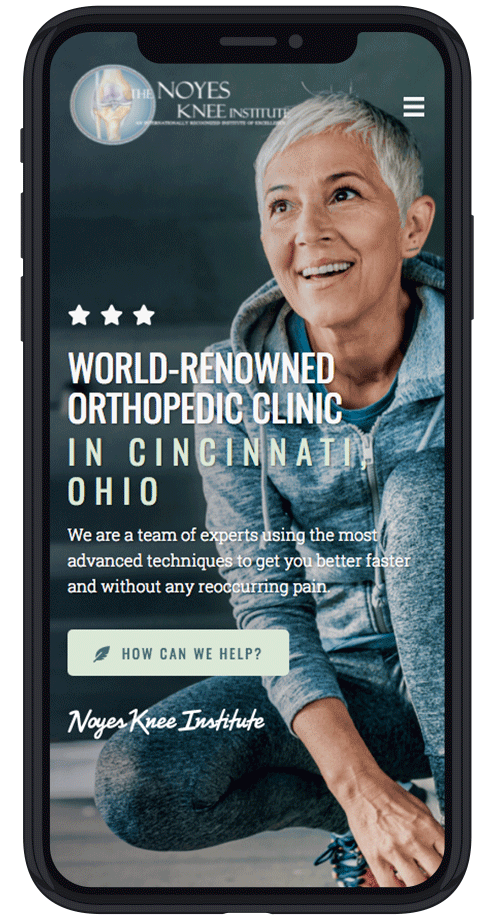Published On
Category
If you love to play tennis, then you should learn all about patellar tendinitis, or jumper’s knee, which is the most common knee injury tennis players experience. This injury is also common in players of other sports that involve jumping on a hard surface on a frequent basis, such as basketball.
This condition is easy to treat when caught and treated at an early stage. However, without treatment during its early stages, this condition can sometimes worsen to the point where knee surgery is necessary.
Learn more about jumper’s knee, how to prevent this knee injury, and how this condition is treated once it develops.
Learn How Jumper’s Knee Develops and the Symptoms of This Condition
Patellar tendinitis occurs when the tendon that connects the underside of your kneecap to your shinbone becomes inflamed due to stress from jumping, sprinting, and pivoting during tennis play. While this inflammation typically leads to no long-term tendon damage, continuing to place stress on the tendon after it is already inflamed can lead to small tears in your affected tendons, which, in turn, lead to permanent tendon damage.
This condition is considered an overuse injury because it develops gradually over time.
Jumper’s knee symptoms include:
- Pain in the lower area of your knee area that runs from your kneecap to your shinbone before, during, or after sports play
- Knee swelling, especially in the lower part of your knee
- Knee pain when bending and straightening your leg
- Soreness in the area behind your lower kneecap
As this injury progresses, pain may not just occur while playing tennis but also while at rest.
Prevent Jumper’s Knee When Playing Tennis
Thankfully, you can take many steps to prevent jumper’s knee and the knee pain it can cause.
Warm Up and Stretch Before You Play
Warming up properly before you play tennis can decrease the chance of jumper’s knee development. Stretch and flex your knees while warming up to increase blood flow to your knees and increase production of synovial fluid, which is your knee’s natural lubricant.
Also, be sure to stretch your hamstrings and quadriceps muscles well. These muscles help you flex, rotate, and extend your knees safely without injuring them.
Strength Train Off the Court
You can both improve your tennis game and help prevent jumper’s knee by engaging in strength training off the court. When leg muscles are strong and properly balanced, they help support your body weight to keep stress off that otherwise can contribute to many knee-related sports injuries. Focus on strengthening your quadriceps to help prevent runner’s knee.
Wear the Right Shoes on the Court
Wearing sneakers that fit well and offer proper foot support can also help ward off jumper’s knee development. When wearing ill-fitting shoes that lack shock-absorbing cushioning, your knees must absorb more impact when jumping than they should.
Know Your Jumper’s Knee Treatment Options
If you suspect you already have jumper’s knee, then consult with a knee specialist. Your specialist may advise you to take a break from playing tennis for a month or two while your tendon heals unless your tendon inflammation is extremely mild.
If your specialist decides a break from tennis is not necessary, they may instead recommend that you wear a knee brace while playing tennis to support your taking stress off the affected knee as the condition heals.
Your doctor may also prescribe muscle stretching and strengthening exercises performed with the help of a physical therapist to aid in tendon healing. For example, exercises that stretch quadricep and hamstring muscles help reduce the tension placed on the patellar tendon to speed healing time.
Corticosteroid injections can help relieve extreme jumper’s knee pain, and if patellar tendinitis becomes too severe, surgery may be necessary to remove damaged tendon tissue and restore proper knee function.
If you love to play tennis, then keep these jumper’s knee facts and prevention tips in mind to help avoid this common tennis knee injury. Contact the knee experts at Noyes Knee Institute for patellar tendinitis diagnosis and treatment.

